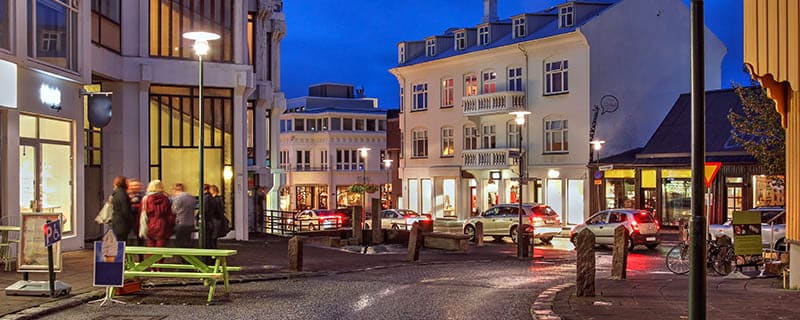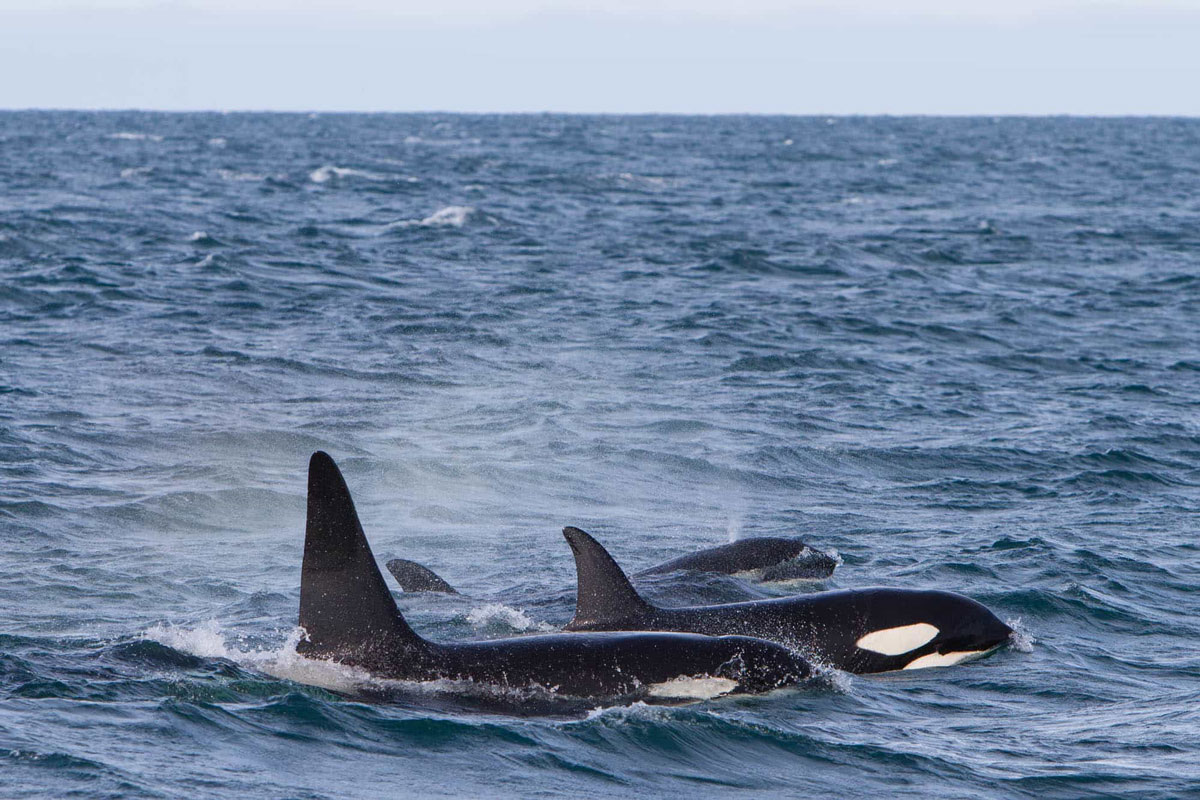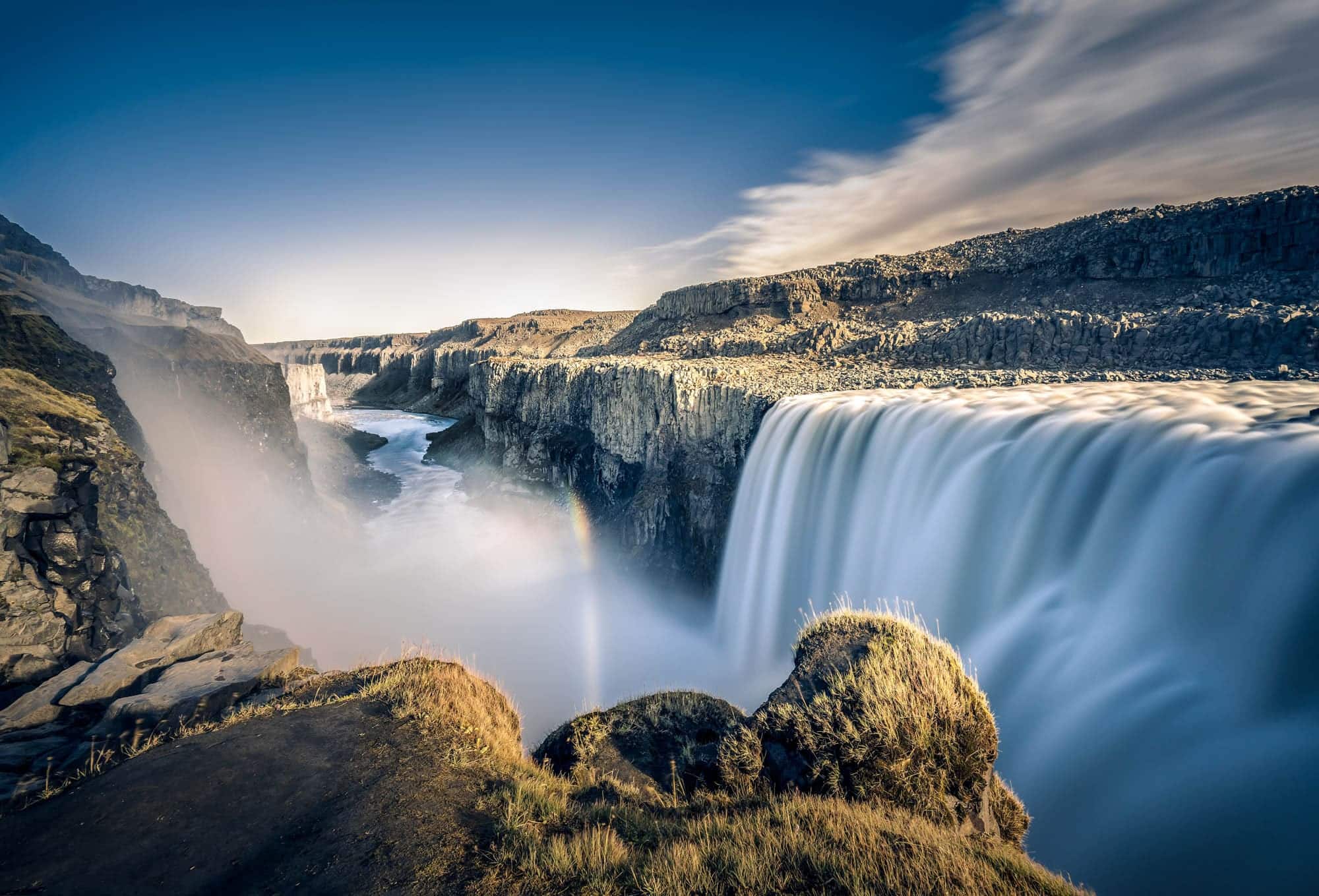
Christmas & New Year’s Adventure - 11 day self-drive tour
December in Iceland is one of the most magical times of the year. In this extraordinary holiday package, you will visit the highlights of the West and the South, including national parks, glaciers, lava beaches, and frozen waterfalls. You will enjoy a memorable New Year’s Eve in Reykjavik which is all about fun, gourmet food, fireworks, and crispy winter air! You will find impressive bonfires and spectacular public firework shows around the city and almost every family has its own sparkling firework display to welcome the new year.























































































































